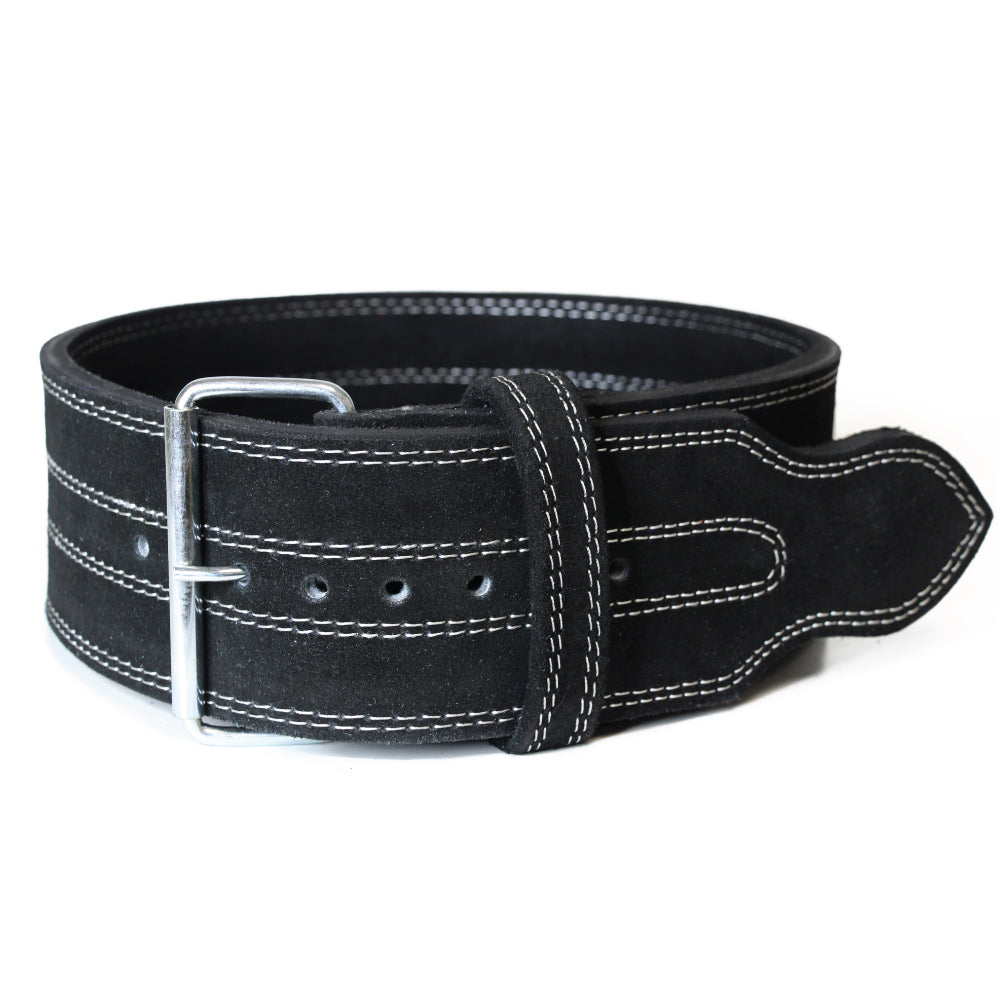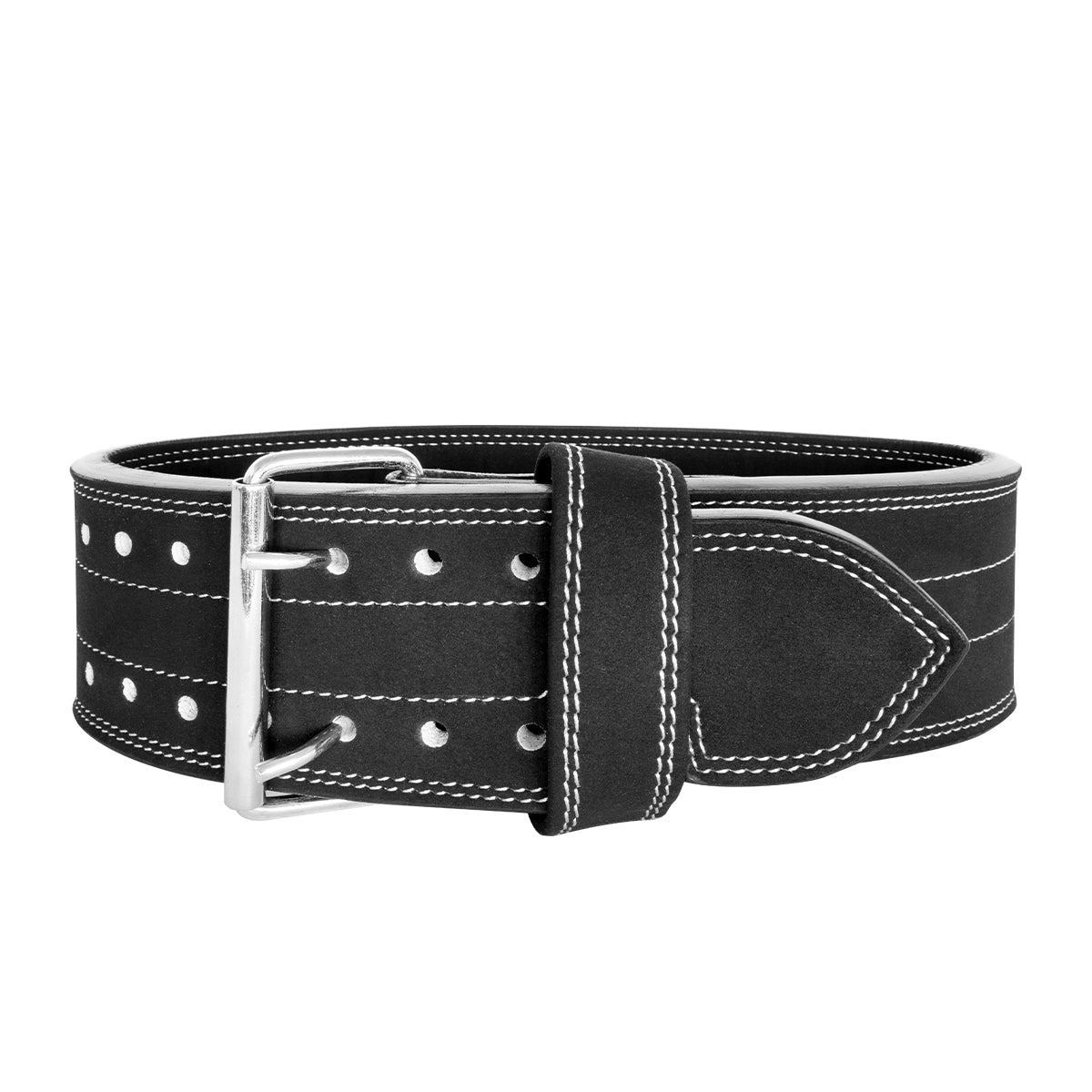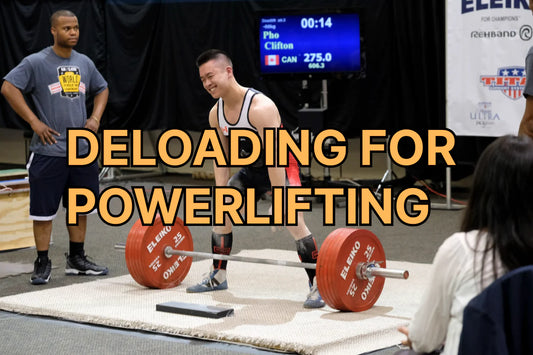
Powerlifting Gear Spotlight: The Importance of a Quality Lifting Belt
Among the array of powerlifting gear, the lifting belt powerlifting stands out as a crucial piece of equipment for providing support and enhancing performance during heavy lifts like squats and deadlifts. This article will spotlight the importance of a quality lifting belt, discuss its benefits, explain how to use a lifting belt effectively, and touch upon the types of lifting belts available.
Why Use a Lifting Belt in Powerlifting?
A lifting belt is designed to increase intra-abdominal pressure (IAP). This increased pressure helps to stabilize your spine and core, providing a more rigid torso that can better withstand heavy loads. This can lead to:

- Increased Stability: A stable core reduces the risk of spinal flexion or extension under heavy weight.
- Potential for Heavier Lifts: With a more stable core, you may be able to lift heavier weights safely.
- Reduced Risk of Injury: By supporting the lower back, a belt can help prevent strains and other injuries.
Benefits of Using a Lifting Belt:
The primary benefits of a lifting belt include enhanced spinal stability, which can translate to greater confidence and the ability to push your limits. It also provides proprioceptive feedback, helping you maintain proper core engagement during lifts.

How to Choose the Best Powerlifting Belt:
When selecting the best powerlifting belt, consider the following:
- Material: Leather belts (single or double prong) are the most common and provide excellent support.

- Thickness and Width: Belts are typically 10-13mm thick and 4 inches wide, providing optimal support without hindering movement.

- Buckle Type: Single or double prong buckles are secure and durable. Lever belts offer quick adjustments but can be more expensive.

- Fit: The belt should be snug around your waist when tightened but not so tight that it restricts breathing during rest.

How to Use a Lifting Belt Correctly:
Knowing how to use a lifting belt properly is crucial to reap its benefits:

- Positioning: Place the belt around your waist, typically just above your hip bones.
- Tightening: Tighten the belt firmly, but not so much that you can't take a deep breath and brace your core against it. You should be able to fit a flat hand comfortably between the belt and your torso when relaxed.
- Bracing: Before initiating the lift, take a deep breath into your diaphragm and brace your core as if you were about to be punched in the stomach, pushing outwards against the belt.
- Lifting: Maintain this brace throughout the lift.
- Releasing: Release the brace and slightly loosen the belt between sets.
Types of Lifting Belts:
There are several types of lifting belts available, including:
- Single Prong Leather Belts: Durable and provide excellent support.

- Double Prong Leather Belts: Offer a more secure fit.

- Lever Belts: Allow for quick and consistent tightening and loosening.

- Velcro Belts: Often less supportive and more suitable for lighter lifting or general fitness.

A lifting belt powerlifting is an invaluable tool for any serious powerlifter. By understanding its benefits, choosing the best powerlifting belt for your needs, and learning how to use a lifting belt correctly, you can enhance your spinal stability, potentially lift heavier weights, and reduce your risk of injury on the platform. Invest in a quality belt and learn to use it effectively to support your strength journey.






